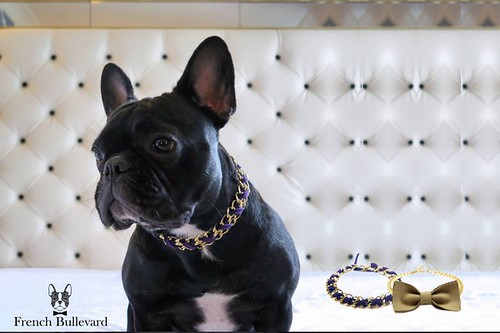Ten mice per team, at an age of six weeks, have been subcutaneously (s.c.) injected with CCRF-CEM cells (26107). Animals ended up randomized into treatment method groups approximately three weeks right after tumor inoculation (TI) when the tumors 22368-21-4 arrived at the measurement of 6000 mm3 5 mice per group with equivalent tumor size were chosen for the therapy. The antibodies were injected intravenously (i.v.) at a dose of 10 mg/kg 2 times a 7 days for three weeks. The handle groups have been treated with PBS. Tumor measurement was measured in two proportions with a caliper-like instrument. Individual tumor volumes (V) were calculated by the formula V = .56(length+ width)two. Upon reaching the humane endpoint with a tumor quantity of one,five hundred mm3, the animals were sacrificed by cervical dislocation. The Kaplan-Meier survival plots had been produced making use of the computer software program PRISM (GraphPad) and the survival curves were in comparison making use of a log-rank (Mantel-Cox) check. All animal experiments had been executed in compliance with countrywide legal guidelines and recommendations, i.e. according to the German Animal Safety Law and with approval from the responsible authorities (LAGeSo, State Workplace of Wellness and Social Affairs  Berlin, Germany). The in vivo procedures were constant and in compliance with the UKCCCR recommendations.
Berlin, Germany). The in vivo procedures were constant and in compliance with the UKCCCR recommendations.
Human monocytes had been isolated from buffy coats following the RosetteSep method (Stemcell Technologies, Grenoble, France) and stained for thirty min on ice with APC-conjugated anti-CD14 antibody (BD Biosciences). Stained monocytes have been washed in FACS buffer and collected by centrifugation at 300 g for five min at 4uC. A cell aliquot was used to rely the dwell and lifeless cells. In parallel, 3.06106 target cells (CCRF-CEM or 786-O) were labeled making use of seventeen mL of carboxyfluorescein succinimidyl ester (CFSE) stock remedy (260 mM Daily life Systems) for fifteen min at 37uC. The labeling reaction was stopped by addition of RPMI-1640/ten% FBS and the cells had been collected by centrifugation at 300 g for four min at 4uC. The labeled cells had been resuspended in clean RPMI1640/ten% FBS. The isolated effector cells (monocytes) ended up blended with the labeled concentrate on cells (CCRF-CEM or 786-O) at E:T ratio of 5:1 and loaded into a V-shaped ninety six-properly plate. Different antibody dilutions had been added to the wells and the plate was incubated at 37uC for one, two or three hrs. The response was stopped by addition of 50 mL of 2% formalin. for detection of CFSElabeled target cells and monocytes, respectively. Phagocytosis was calculated as a ratio of the amount of double optimistic cells showing in the FITC/APC-gate to the amount of CFSE-activities (labeled goal cells) and expressed in percentage. Blood samples had been equipped as buffy coats from the bloodbank of the University Hospital of 10964539Oslo below license and in accordance with Norwegian
In buy to create preliminary antibodies from CCR4, phage screen selection was executed making use of a scFv antibody library derived from a naive human IgM/IgD repertoire [33]. To determine antagonistic antibodies from CCR4, the phages binding to the CCR4+ cells and not to CCR42 cells have been competitively eluted in existence of CCR4-distinct ligands CCL17 or CCL22. The next method incorporated elution utilizing trypsin or citric acid to generate antibodies that could probably have either greater affinities than the CCR4 ligands, CCL17 and CCL22, or certain to epitopes outside of the ligand-binding pocket on the receptor. Right after completion of three rounds of panning, the chosen phage swimming pools have been subjected to screening in mobile binding assays utilizing a mobile reporter-assisted substantial-throughput screening system. Screening of twelve,240 clones resulted in identification of 132 scFv candidates binding CCR4+ cells and showing no binding to CCR42 cells. Sequencing led to identification of four different CCR4-particular antibody variants, 17G, 9E, 1O and 11F.
